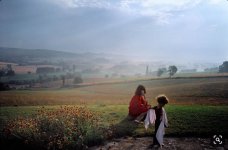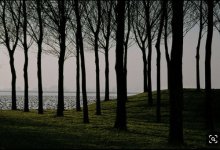Captain Kidd
Well-known
Hello everyone,
I asked a question similar to this some time back
https://www.rangefinderforum.com/forums/showthread.php?t=166449
But I think there was some confusion about the kind of picture I had in mind, I have since found 2 examples of pictures that help with my question so I thought best to start a new thread.
My question is, the two examples below, let’s say they are the result I want. If I was facing these two scenes, am I right to think that taking a light reading by pointing the light meter at the camera would be the wrong approach because I am pointing the light meter away from the sun and the area I want properly exposed. That to get the results like this, I should take the reading by pointing the light meter towards the sun?
Thanks for any help. Again 😁
I asked a question similar to this some time back
https://www.rangefinderforum.com/forums/showthread.php?t=166449
But I think there was some confusion about the kind of picture I had in mind, I have since found 2 examples of pictures that help with my question so I thought best to start a new thread.
My question is, the two examples below, let’s say they are the result I want. If I was facing these two scenes, am I right to think that taking a light reading by pointing the light meter at the camera would be the wrong approach because I am pointing the light meter away from the sun and the area I want properly exposed. That to get the results like this, I should take the reading by pointing the light meter towards the sun?
Thanks for any help. Again 😁



